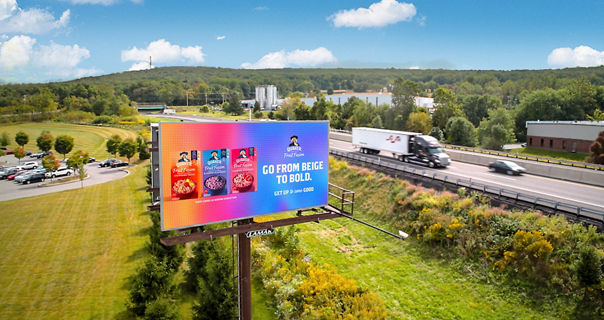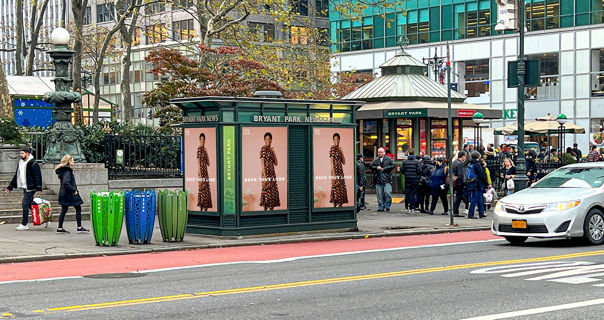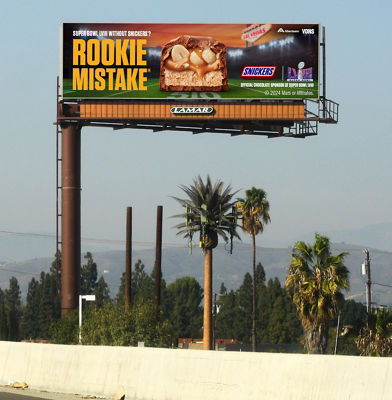Craig Benner of Accretive Media and Ian Dallimore dive into the intricate process of capturing data to re-engage consumers using Out of Home.
Programmatic
We proudly provide over 5,000 displays situated strategically across different venue types, spanning 175+ markets nationwide.
Media Formats

Roadside Billboards
Lamar is proud to offer its customers the largest network of digital billboards in the U.S. with over 4,800 displays.
%3ADesktop?ts=1714058718231&fit=fit,1&dpr=off)
Airports
Unlock a world of Programmatic opportunity in 25 airports nationwide, connecting with over 184 million+ annual passengers.

Urban Panels
These urban panel screens enable advertisers to showcase their message on all 8 faces, ensuring a strong presence on both sides of Bryant Park in NYC.
%3ADesktop?ts=1714058718343&fit=fit,1&dpr=off)
Transit
With an abundance of travelers, both tourists and locals, transit screens have a wide audience reach, great for all types of advertising.
How to Buy Programmatic Out of Home
Purchasing Lamar programmatically seamlessly integrates with leading demand side buying platforms, offering diverse buying options for advertisers to customize, streamline, and optimize campaigns, achieving their advertising goals and standing out in the competitive landscape.
Our SSP Partners




Our DSP Partners









Contact our programmatic team to get started
Programmatic News

Data and Re-Engagement Process

Programmatic Networks
Programmatic Digital Out of Home allows advertisers to target key locations and change creative in a moment’s notice. Below are Lamar’s current pre-built promotional networks Lamar that can be activated with ease.
%3ADesktop?ts=1714058719307&fit=fit,1&dpr=off)
Measuring Digital Out of Home
Effective campaign measurement remains paramount, and the future holds promising possibilities for OOH in the dynamic world of marketing.



?qlt=85&ts=1714058718389&fit=fit,1&dpr=off)


